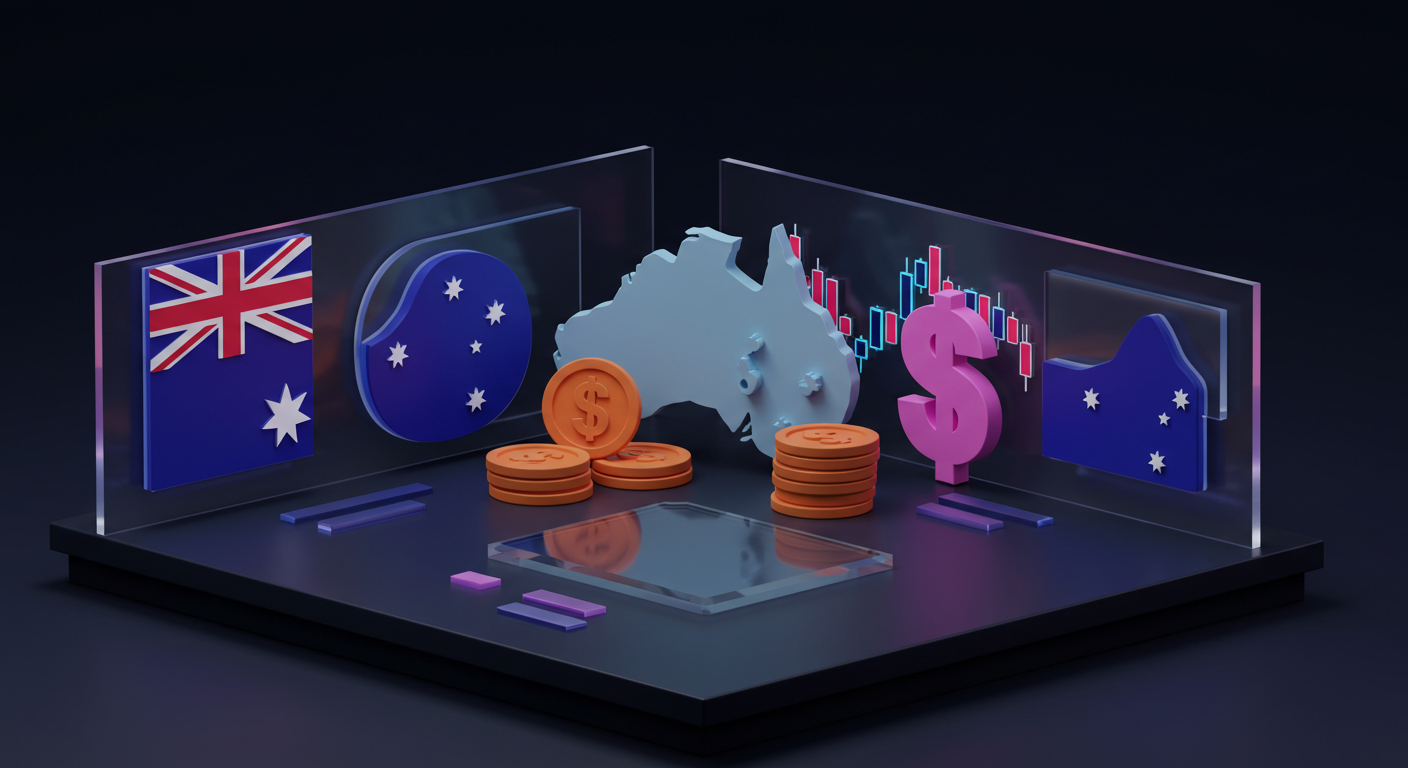
On Wednesday, the People’s Bank of China (PBOC) set the USD/CNY central rate at 7.2066, up from 7.2038 the previous day and higher than the 7.3348 estimate by Reuters.
PBOC’s objectives include maintaining price and exchange rate stability while promoting economic growth. It also seeks to reform the financial market, utilising a range of monetary policy instruments such as the seven-day Reverse Repo Rate and the Medium-term Lending Facility.
China’s Private Banking Sector
China has 19 private banks, with WeBank and MYbank being the largest. In 2014, the country permitted fully capitalised domestic lenders to operate within its predominantly state-controlled financial sector.
So, what does this really mean in practice? The People’s Bank of China nudged the USD/CNY reference rate slightly higher, though it kept it well under where market expectations had placed it. That gap between the official fixing and market forecasts suggests Beijing continues to steer currency movements with a firm hand, resisting downward pressure on the yuan while subtly managing sentiment. This may be an attempt to combat capital outflow concerns or at least to stall momentum from speculation that the currency should depreciate more quickly.
Zhou’s PBOC appears to be walking a fine line—on one side, stimulating an economy that’s still showing uneven recovery signs, and on the other, containing risks that might stem from excess leverage or asset bubbles. The decision to maintain the reference rate at levels stronger than what market dynamics alone would indicate points to an effort to contain volatility, while still giving the appearance of flexibility.
Strategic Exchange Rate Management
From our standpoint, this focus on control over the exchange rate, even as more market mechanisms are introduced, tells us that any assumptions about free float should be tempered. It’s not about surrendering control but finessing it—guiding rather than allowing broader swings to unfold on their own. If you’re focused on strategy for yuan-related instruments, the lead to follow is policy, not price.
It’s also worth noting that the methods the central bank uses aren’t limited to just FX. The tools it employs—the seven-day reverse repo and the medium-term lending facility, for instance—signal broader intentions. When liquidity is either injected or withdrawn using these levers, they allow us to better judge which direction officials are leaning toward—be it propping up demand or keeping inflation in check.
The reference to private banks, particularly the likes of those launched a decade ago, is a reminder that reforms weren’t a one-time event. There are now more players in the market, and while their scale might still lag behind the state behemoths, their influence on credit distribution and digital finance is expanding. This evolution enables us to extract clues about which sectors or borrowers are likely to benefit most from future accommodative policy shifts.
In the coming sessions, we don’t anticipate sudden changes in positioning, but we do need to be alert to any shift—no matter how marginal—in the PBOC’s communication or operations. Timings of liquidity injections, fluctuations in repo rates, or even subtleties in language from policy speeches could all impact swap and forward pricing.
Above all, what stands out from this fix is consistency without rigidity. The decision not to surprise dramatically hints at a preference for steady hands rather than bold pivots. That tells us a lot.
Keep watching for changes in rates, tone, or policy measures announced from official channels, particularly during late Asian trading hours. We need to adjust quickly if authorities attempt to curb one-way bets or appear set on directing flows toward specific parts of the economy. That’s where the edge lies.







